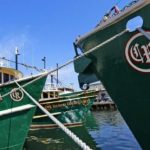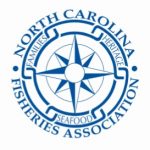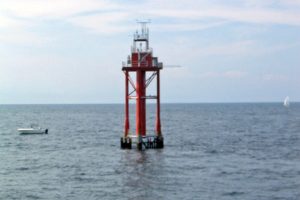Tag Archives: fishery observer
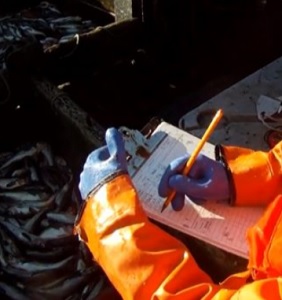
‘Trapped’: Women Working as Fishery Observers Allege Sex Harassment, Assault at Sea
She had overcome the seasickness, the unreliable shifts, and the long hours that drive many people out of the business. But she didn’t sign up for 3 1/2 weeks of harassment. On the ship that served as both her workplace and temporary home, Kim, then in her mid-20s, was constantly catcalled, hit on, and leered at, with no place to escape. Four women, including Kim, who worked on the front lines of fisheries monitoring in Canada, say they were dropped into a hellish grind of sexual harassment, assault, intimidation, threats, and horrifying animal abuse while they watched helplessly. >click to read< 10:15

A message from Chris Oliver on National-Level Observer Waiver Criteria; Redeployment in Northeast To Begin
To improve transparency in our approach to observer deployment, we have established national-level criteria for vessels to be waived (released) from observer or at-sea monitor coverage. Going forward, observer or monitor coverage may be waived, for both full and partial-coverage fisheries, on a trip-specific basis if one of the following two criteria are met: (1) Observers or at-sea monitors are not available for deployment; or (2) The observer providers cannot meet the safety protocols imposed by a state on commercial fishing crew or by the vessel or vessel company on its crew. Within our limited authority, our efforts are intended to ensure observers and monitors are following the same safety protocols that fishermen are following. >click to read< 17:50
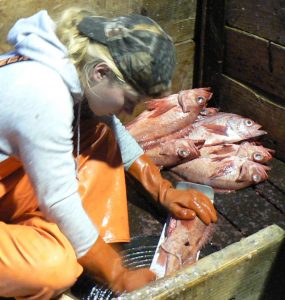
North Pacific council votes to hike observer fees in 2021
The costs for on-board fisheries observers will be increasing, and no one in the industry is particularly happy about it. The North Pacific Fishery Management Council voted to adjust the observer fee percentage to 1.65 percent of ex-vessel values. It was previously set at 1.25 percent. The increase is intended to cover additional observer services to reach the target coverage rate set out by the council for the various fisheries across the North Pacific region. >click to read< 14:15
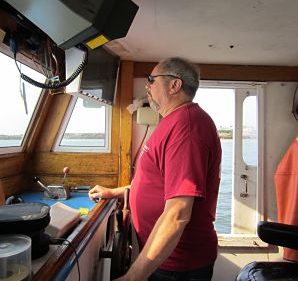
Captain Dave Goethel has some Fishery Observer and liability information you should review. Please share it!
Beginning sometime this winter, here in the northeast observers switched from the safety checklist to the “pre-trip safety inspection”. Basically, instead of accepting a card signed by a previous observer good for three months, with all the expiration dates listed for the EPIRB and other equipment,,, Anyone that has been sued knows that when someone gets hurt everyone remotely involved gets dragged in. If this is happening on my vessel it is happening elsewhere. For that reason I am releasing the statement I have written for all fishermen to use. It is not a legal document, but it will provide you with proof that you attempted to protect them from their own unsafe actions. Fishermen should customize the statement to their own vessels characteristics. To continue, >click to read< 19:18
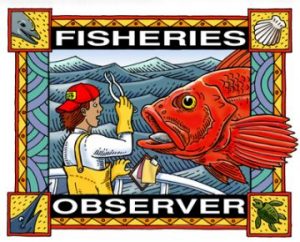
Fishery observer survey seeks answers for high turnover
Many of Alaska’s (and the nation’s) commercial fisheries depend on observers having a place on board, but fewer than a fifth of them feel appreciated by the industry, according to a new survey. Fishery observers sail on vessels with fishermen in federal waters and keep track of catch and bycatch and take biological samples throughout trips. Managers use this information to evaluate stocks and manage fisheries. The job can be tough, requiring up to a month at a time on the water in rough conditions, and turnover can be high. The survey, conducted by the National Marine Fishery Service in 2016, asked 553 observers why they did the job and what their experiences have been like. >click to read<16:13
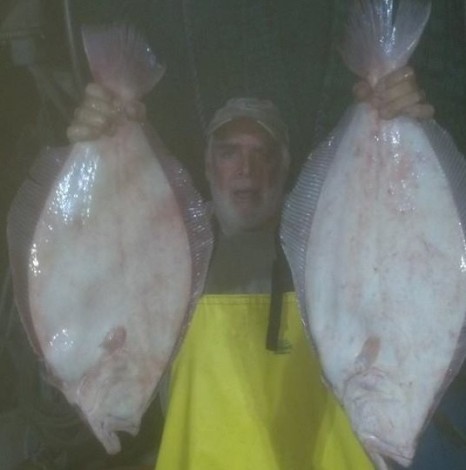
A little story about my day at sea yesterday
So we leave to go fishing at 0330 with an observer that the government forces us to take. Now the young man is a likable enough guy who I have no problem with. The problem is we are forced to take these people with no exception. When they tell you they are going to put one on your boat you either take them or you deal with the wrath of NOAA law enforcement. So we go out with the plan of going to catch some scup, fluke and sea bass to unload in Connecticut. We had some nice scup the day before and figured we would get CT’s allowance which is a whopping 1200 pounds of scup, 75 lbs. of fluke and 10 sea bass in count. So we make a couple of tows and come up a bit light on the scup but have the fluke and sea bass. We go and unload ion CT. and on the way there, which happens to be a 2 hour+ steam each way I am informed that the scup that we landed the previous day which had been paying around 60 cents per pound had dropped to 10 to 15 cents per pound. Not even worth the fuel to catch. WONDERFUL. So we go all the way to CT. , unload our catch and head back another 2+ hours for home. After we get back to our dock, I and my crewman are cleaning up the boat and we notice someone on the dock with a camera taking pictures of us as he walks by. No big deal.,,, Click here to read the story 10:24

































